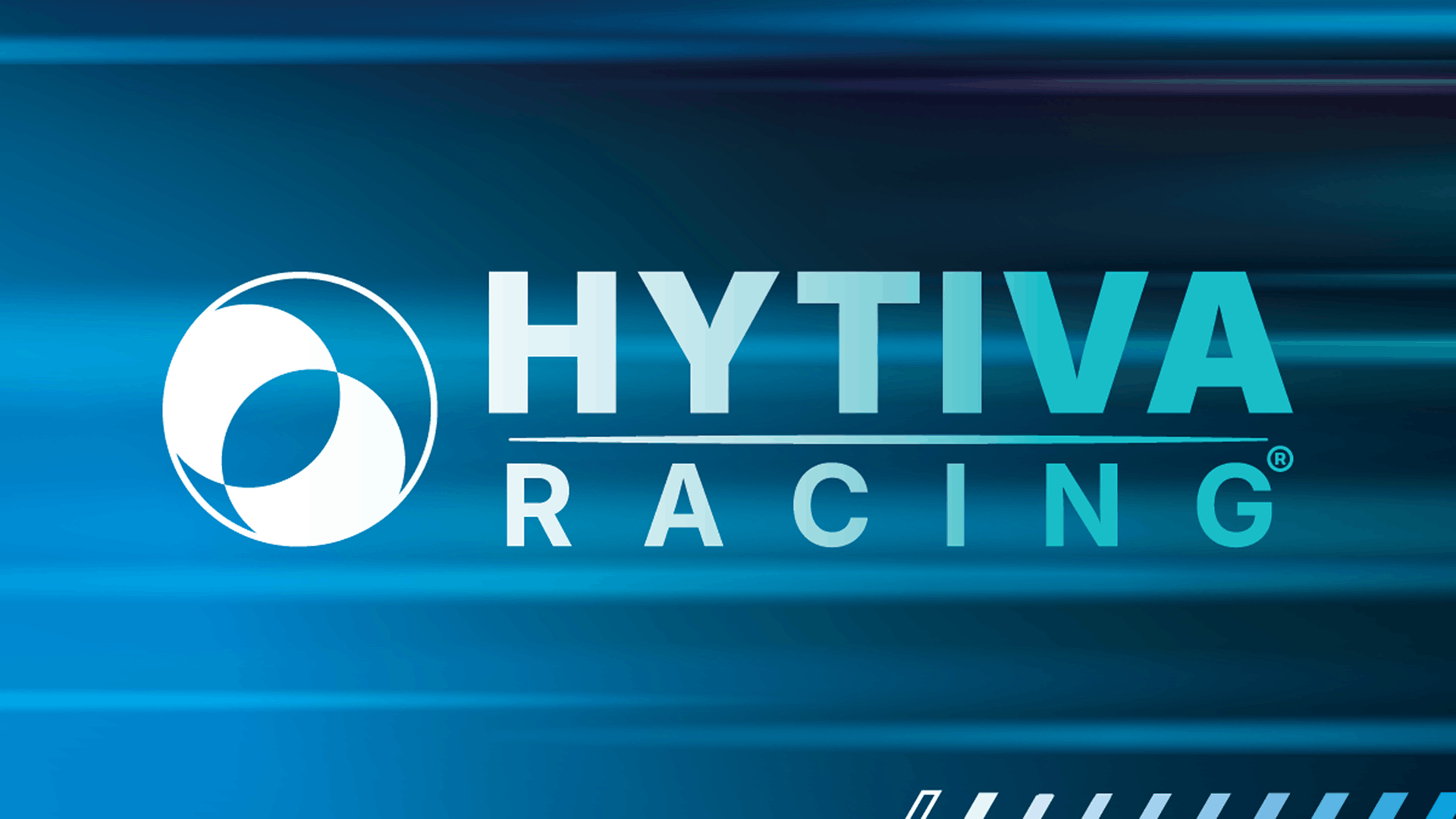
The 499P Legacy: Ferrari’s Return to Le Mans Glory
A look at the technology, talent, and tenacity behind Ferrari’s modern endurance powerhouse.
Ferrari’s 499P is the rare prototype that feels preordained for the spotlight. It arrived not just to race in the FIA World Endurance Championship’s Hypercar era but to re-establish Maranello at the sharp end of sports-car racing. Within two seasons, it delivered a modern fairytale: back-to-back overall wins at Le Mans in 2023 and 2024—and, in 2025, a third straight triumph via AF Corse’s customer entry. That arc alone would make headlines; the manner of it and the machine that powered it have made the 499P the defining silhouette of endurance racing’s revival.
Technically, the 499P is a resolutely Ferrari interpretation of the LMH rulebook. The heart is a compact, 3.0-liter, 120-degree twin-turbo V6 mounted as a fully stressed member—“load-bearing” in Ferrari’s own words—so the suspension can bolt directly to the engine. It’s paired with a front-axle hybrid module that harvests under braking and deploys on acceleration to enable four-wheel drive under the regulations. Ferrari’s chassis and aero teams wrapped that hardware in a body that blends wind-tunnel purpose with Centro Stile theater. The result is a prototype that looks every inch a Ferrari and, crucially, behaves like one: eager on entry, stable in the fast stuff, and relentlessly efficient over a stint.
The numbers paint the framework of its competitiveness. The car was conceived to the LMH’s mass window—Le Mans organizers pegged the class minimum at 1,030 kg when Ferrari unveiled the project—and its power delivery is balanced by the series’ BoP constraints. But the secret sauce is drivability over the long haul: how cleanly the hybrid blends, how gently it treats its Michelins, and how consistently the V6 delivers torque through changing grip and traffic. Those traits are engineered, not improvised, and you can see them across Ferrari’s factory and customer campaigns.
Le Mans 2023 set the tone. On Ferrari’s first attempt back in the top class for half a century, the No. 51 car of Alessandro Pier Guidi, James Calado, and Antonio Giovinazzi won the Centenary edition outright. It was a breakthrough that proved the 499P’s base package—energy management, tire life, and straight-line punch—was competitive from the jump. It also re-ignited the brand’s historical through-line at La Sarthe, reminding everyone that Ferrari knows how to win endurance races when the prize is the biggest.
In 2024, the follow-up was arguably tougher. A deep field with Porsche, Toyota and Cadillac turned the 24 Hours into a weather-shuffled strategy grind. Ferrari played it with nerve: the No. 50 of Miguel Molina, Antonio Fuoco and Nicklas Nielsen led the program’s second consecutive overall victory, with the sister No. 51 making the podium as well. The key moments were classic WEC chess—balancing fuel, stint length, and traffic risk under changeable skies—but the constant was the 499P’s ability to sit in its operating window for hour after hour.
Then came 2025 and a milestone that cemented the car’s legacy. AF Corse’s customer No. 83, driven by Robert Kubica, Yifei Ye and Phil Hanson, out-dueled Porsche Penske for Ferrari’s third straight Le Mans crown. It was a victory laden with storylines—Kubica’s redemption arc, historic firsts for Poland and China—but it also underscored the platform’s breadth. When a customer 499P can win Le Mans on outright pace and execution, the base car is not merely fast; it’s robust, scalable, and forgiving enough to allow different crews to express speed without tripping over the edge.
Ferrari hasn’t stood still aesthetically or operationally. The 2025 livery tweaks—glossy red optimized for night visibility, matte accents echoing the F1 program, and the signature yellow diagonal—show a factory that sweats details with functional intent. Behind the scenes, the team has been judicious with “Evo joker” updates permitted by the rules, prioritizing reliability and small aero refinements rather than chasing wholesale changes to a winning platform. In a parity-driven era, restraint can be as competitive as reinvention.
What is the 499P on track? Ask the drivers and engineers and you hear the same refrain: a car that rewards rhythm. The hybrid’s harvesting is predictable, enabling confident braking references into medium- and high-speed complexes. The “hot-V” architecture keeps mass low and centralized, which—combined with the stressed-engine layout—gives the front axle authority without making the rear nervous over kerbs or through traffic-disturbed air. It’s not that the Ferrari is immune to BoP swings or yellow-flag luck; it’s that its fundamental balance tends to survive them.
In the broader Hypercar landscape, the 499P has become a benchmark not just because of trophies, but because of how it wins: with stint-length pace, pit-lane discipline, and a hybrid system that feels integrated rather than grafted on. Endurance racing’s new golden hour has many protagonists, yet the Ferrari 499P stands out as the archetype of a modern Le Mans winner—an elegant solution to a brutally complex problem, equal parts design statement and relentless tool. If the next chapters are as measured as the last, the red prototype will remain the car everyone else has to beat when midnight turns to morning at La Sarthe.